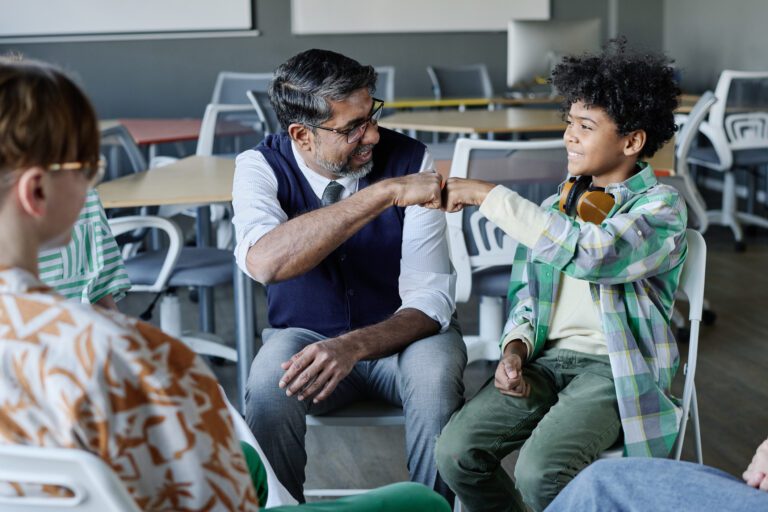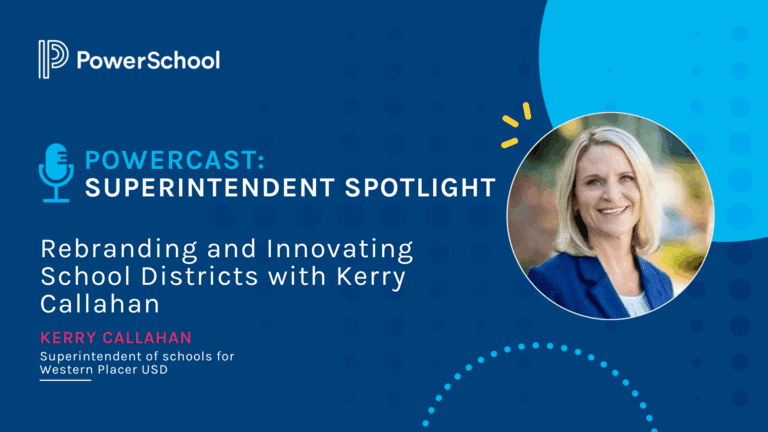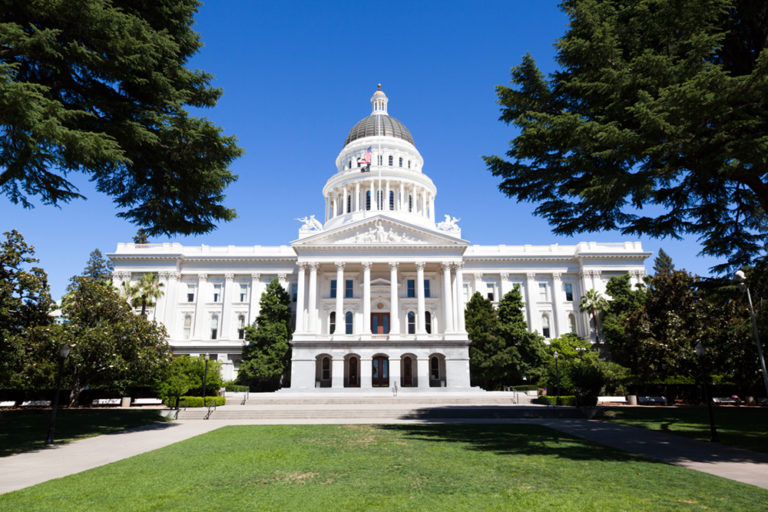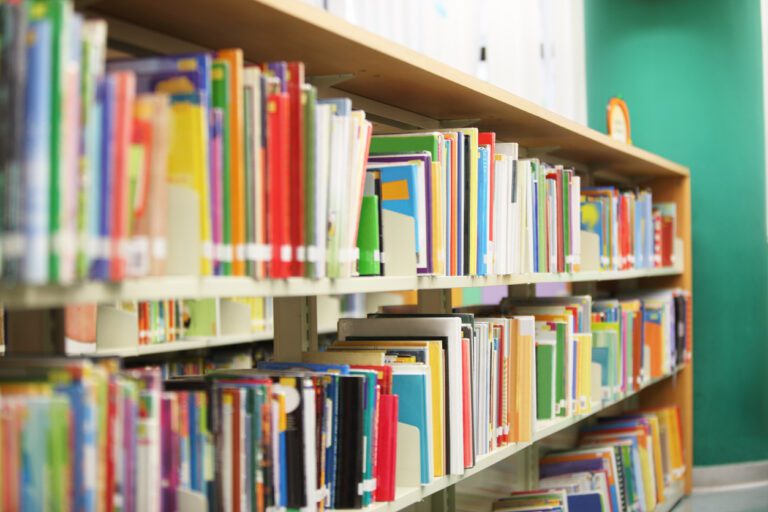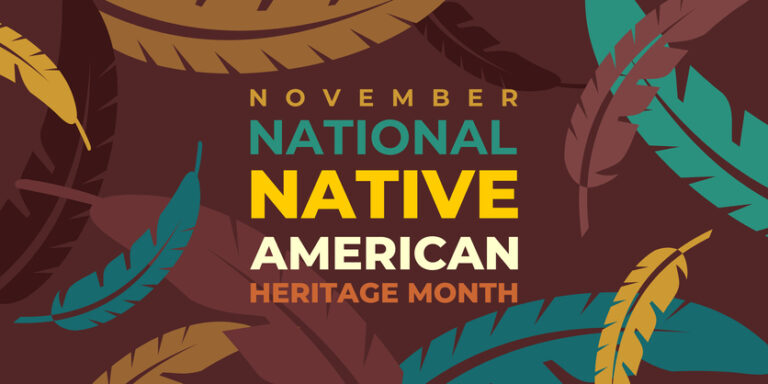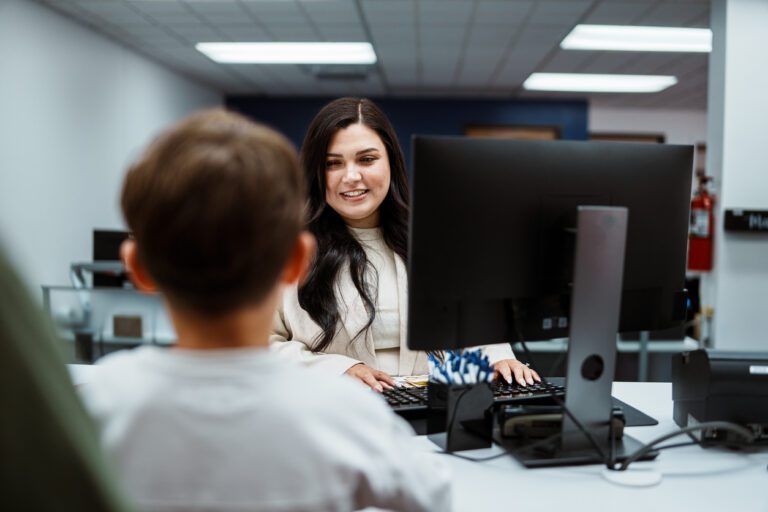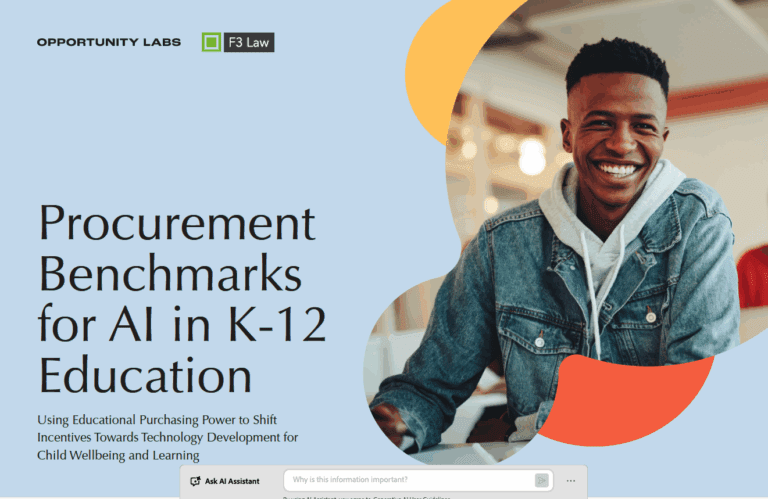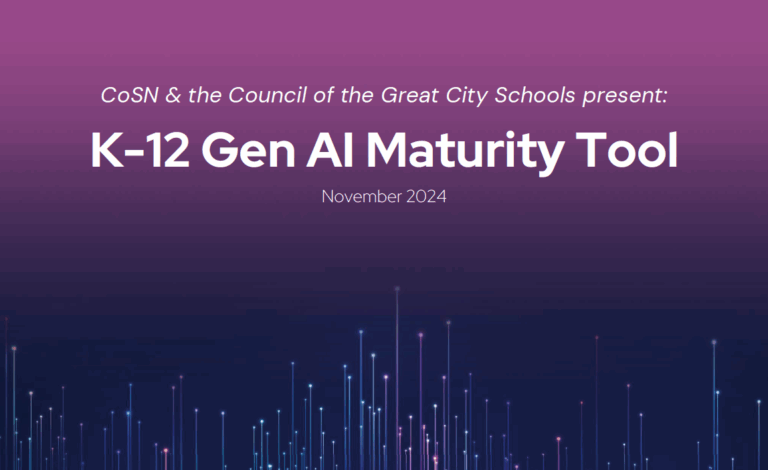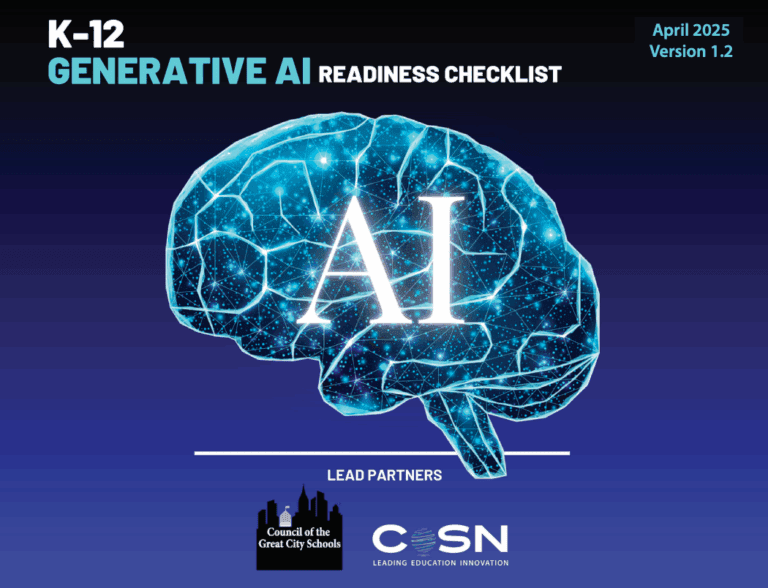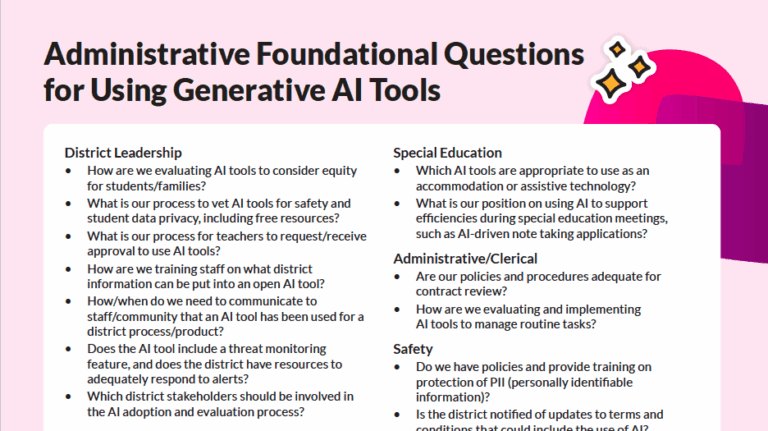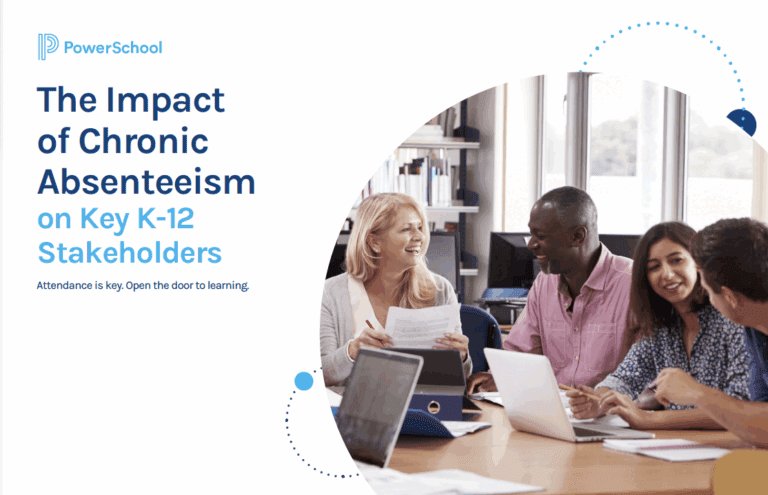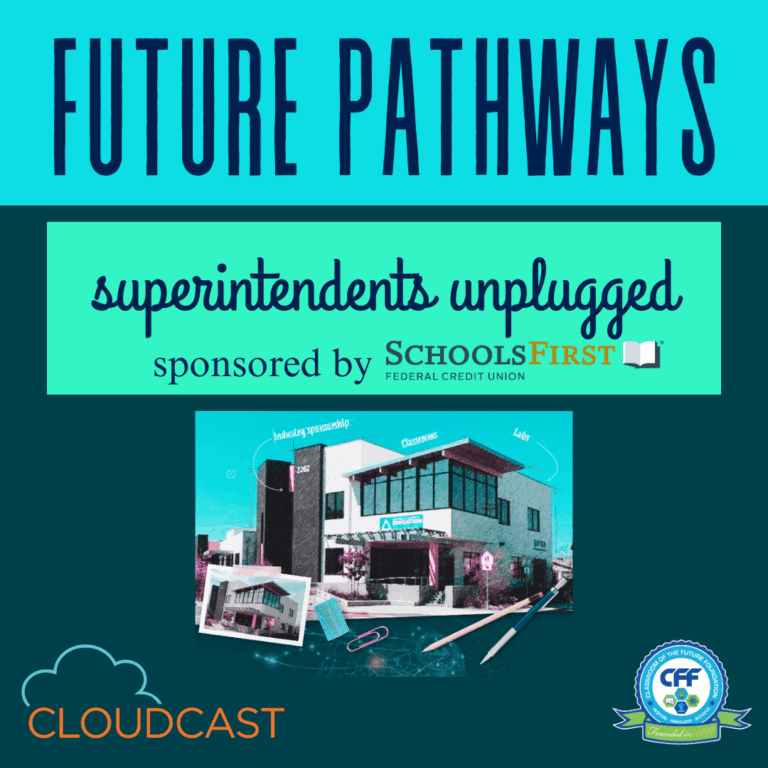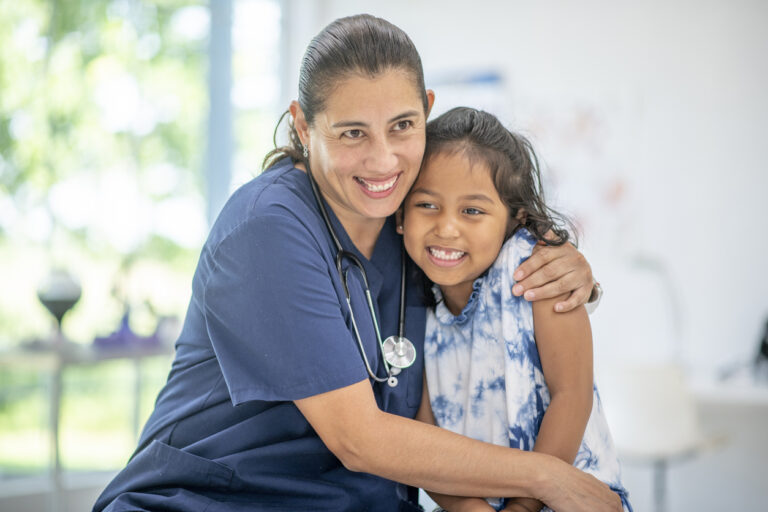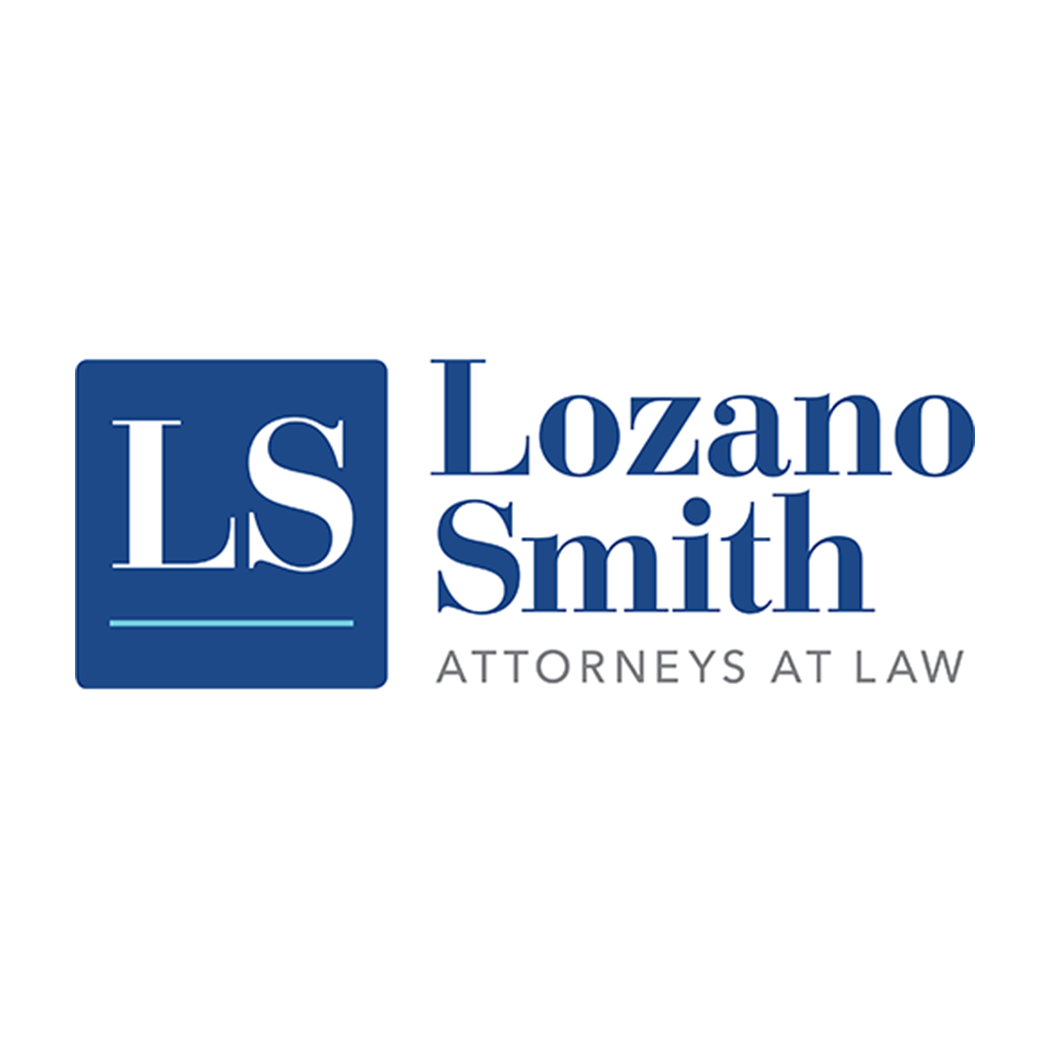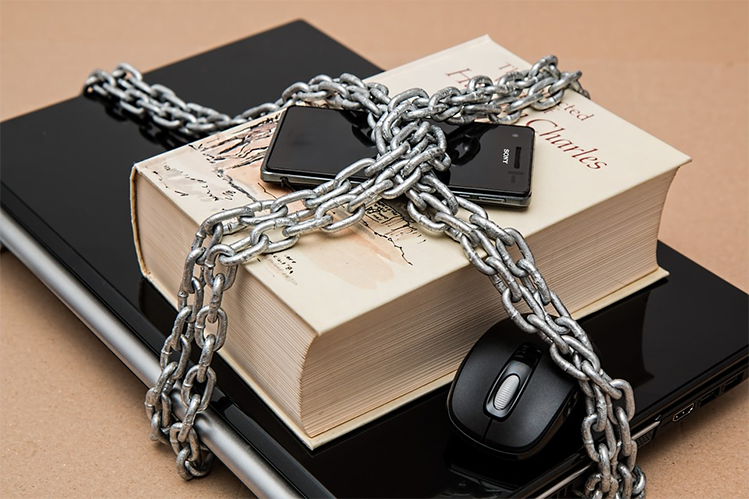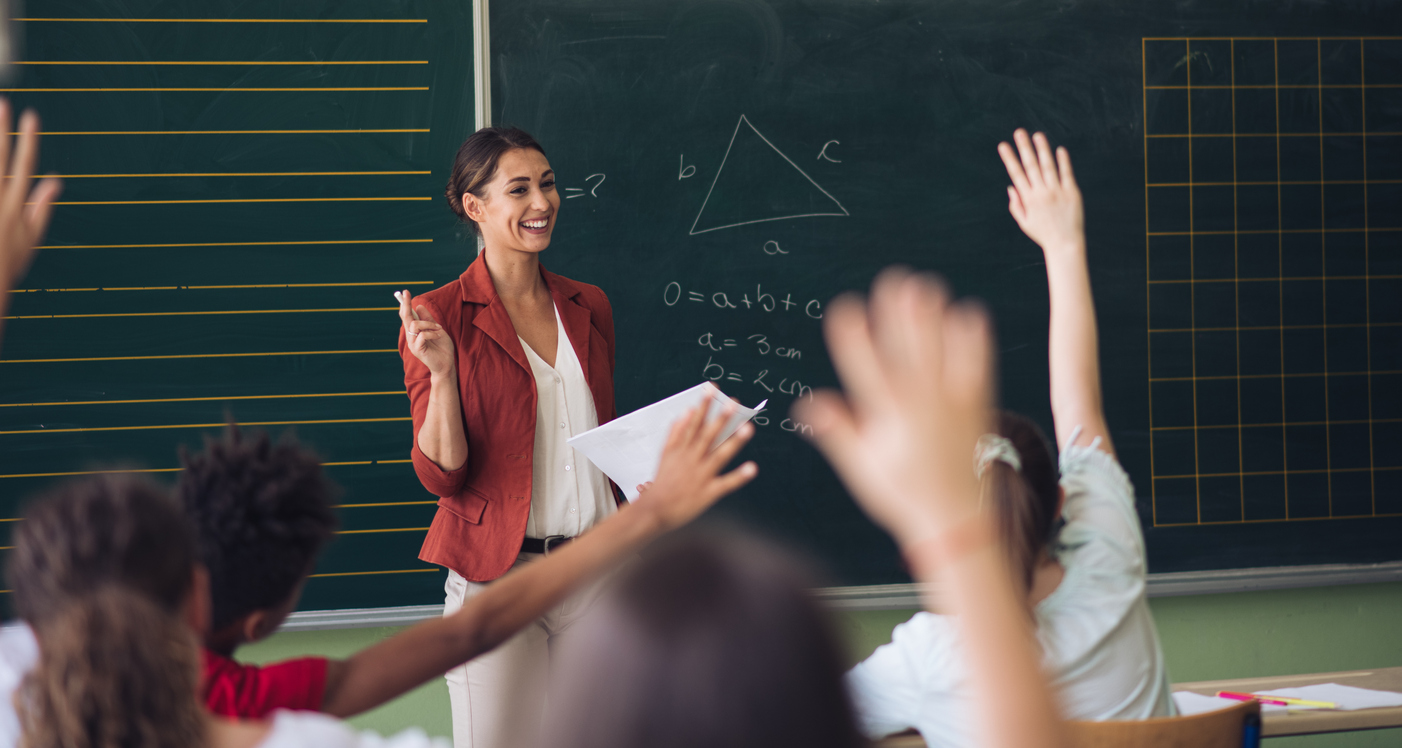This resource is provided by ACSA Partner4Purpose ETS. It was written by Caroline Wylie, Principal Research Scientist at ETS, and Laura Hullinger, Senior Director in New Product Development at ETS.
Formative assessment improves student learning. This conclusion is supported by an extensive body of research over more than thirty years.[1] Formative assessment is a process that actively involves both students and teachers collecting evidence about student learning to make decisions about next instructional or learning steps. Formative assessment practices include:
- being explicit about learning goals and success criteria;
- eliciting evidence of learning from what students say, write, do, and create;
- supporting the use of formative feedback from the teacher, the individual student or from peers; and
- developing teaching practices that are responsive to student learning as it is developing.
Students and teachers all over the country are saying goodbye to summer and looking towards the new school year. Setting up classroom routines is a common back-to-school activity for the first weeks of the new year and an opportunity to develop routines that make formative assessment a regular part of each lesson.
Routines to Support Use of Learning Goals and Success Criteria
Using learning goals and success criteria to help students understand where learning is going and how they will know when they have met the learning goals is a foundational formative assessment practice.
Set up routines for sharing learning goals/success criteria and make sure students understand why it is important to talk about the learning goals before launching into class activities. Cultivate the expectation for learning goals to be discussed as a routine of most lessons. Have students take charge of providing reminders to review the learning goals at the start of a lesson or as part of an end-of-class routine.
Routines to Support Use of Classroom Discussions
Whole class and small group discussions are an important source of formative assessment evidence of student learning. Making activities such as “write-pair-share” or even “write-pair-share-write again” a regular part of students’ experience can provide multiple views into student thinking. Other structures include the use of mini-white boards for students to write responses on which can allow the teacher to scan answers and then use that information to decide where to go next with the discussion. Both approaches encourage all students to participate. To ensure success:
- Practice routines used during classroom discussions.
- Make sure students understand the why as well as the how.
- Ensure that students have access to any resources they might need.
Self-Assessment and Peer Feedback Routines
Talk with students about times when they were asked to self-assess or provide peer feedback and what they understood the purpose to be. Students’ previous experiences will inform the level of needed support to develop productive self and peer assessment habits.
- Model acceptable and unacceptable feedback in the context of peer assessment.
- Demonstrate how to review a piece of work and self-assess progress.
- Engage students in discussing the use of self and peer feedback and the value of each.
- Develop structures and routines for using feedback to revise work. Model the revision process.
Routines to Support Tracking Evidence of Student Thinking
Checklists can be used during a lesson to track on important evidence of student learning to inform next steps – especially when it is easy to get distracted by the details of running a classroom smoothly! Jotting down notes helps keep a record of what students are saying or doing for later reference.
As part of lesson planning create a checklist by anticipating the range of likely student responses that would be useful to collect during a lesson. For example, in an elementary mathematics lesson, it might be helpful to be able to reflect afterwards on which students still needed to use manipulatives to solve a problem versus those who were able to draw a diagram or write a number sentence. In an ELA class, a checklist might focus on which students were brainstorming versus outlining or drafting a piece of writing. Focus on collecting information that will be helpful for future lesson planning.
Routines to Support Classroom Management
One-on-one student-teacher conferences provide an opportunity to elicit evidence of student thinking and provide feedback. But this approach requires classroom routines so that the conferencing student knows what is expected of them, and the other students know what to do so that they can continue learning without direct teacher assistance.
- Create visuals and reminders for what students can do when they need help such as conferring with a peer or table team, rereading the learning goals for the day, or making a note of what they need help with to ask the teacher later.
- Practice routines and expectations for conferencing.
- Start with short time periods of one-on-one conferencing with regular check-ins to see who needs assistance and help them use the routines for getting help other than from the teacher.
Common Classroom Routines
The start of a new school year is exciting, but also can be disconcerting for students as they learn the expectations of new teachers or learn to mentally switch expectations between classrooms. Developing shared, explicit routines across teachers within a school can help reduce dissonance for students and support greater use of formative assessment practices.
Supporting Formative Assessment Throughout the Year
The start of the new school year is a good time to focus on routines that will pay off for the rest of the year. In our work with teachers, we occasionally hear comments like, “That’s a great strategy. I used to use it all the time.” This got us thinking about how we might help teachers use a greater variety of formative assessment strategies more often.
Puzzling on this, we realized that one thing that teachers do regularly is lesson planning, and that eventually led to the PlanWise™ tool. This Chrome extension works in Google Docs and provides dynamic formative assessment suggestions during lesson planning, sometimes reminding teachers of strategies they used to use, and sometimes suggesting new approaches they might not have previously thought about. Learn more about PlanWise at https://www.planwise.org/, and sign up for a free tryout at https://bit.ly/ETSPWS. The following states are currently excluded from the free tryout: Alaska, Maryland, and Virginia.
Caroline Wylie is a principal research scientist in RMS and Laura Hullinger is a senior director in New Product Development at ETS.
[1] Black, P., & D. Wiliam (1998). Assessment and classroom learning. Assessment in Education: Principles Policy and Practice, 5, 7-73. Andersson, C., & Palm, T. (2017). The impact of formative assessment on student achievement: a study of the effects of changes to classroom practice after a comprehensive professional development programme. Learning and Instruction, 49, 92-102. Supovitz, J. A.; Ebby, C. B.; Remillard, J., & Nathenson, R.A. (2018). Experimental impacts of the ongoing assessment project on teachers and students. CPRE Research Reports. Retrieved from https://repository.upenn.edu/cpre_researchreports/107








